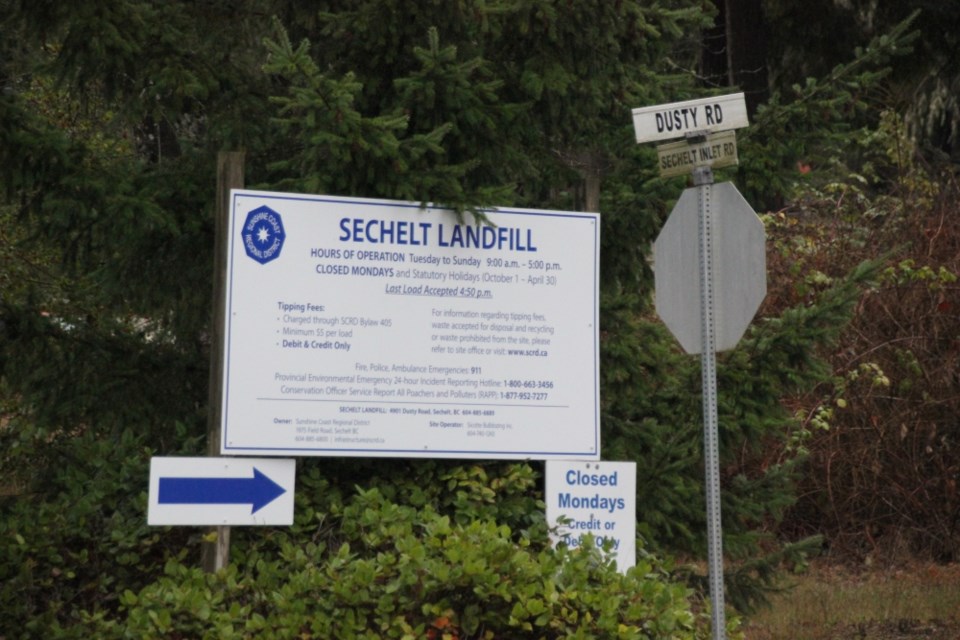Editor:
I noticed that last week’s edition of the Coast Reporter revived the topic of the prolific Dusty Road Well for drinking water in the letters section. There continues to be a lack of comprehension of the facts involved. Almost all local governmental rejection towards this low-cost proposal was based on the mistaken concept of “potential” contamination of the well. This is not the reality of the situation.
Firstly, the SCRD’s own paid consultants stated in their 2019 report, “it was determined that the location of the Sechelt Landfill would not pose a risk to the water quality.” This after approximately 25 years or more of landfill operation and monitoring.
Secondly, contamination from the Heidelberg Materials (Lehigh) gravel operation, is extremely unlikely, if even possible, which is confirmed by 30 years of operation with zero evidence of any such problem. In fact, it is against provincial legislation for a mining operation to cause any sort of aquifer contamination.
Thirdly, the other favorite negative argument is that the Dusty Road Well is located on an “unconfined aquifer” and therefore should not be developed. Your readers may be interested to know that many other community water systems, in fact most in our province, come from unconfined aquifers, including most of the Fraser Valley.
Mayor Henderson’s low-cost proposal to just retest the Dusty Road Well to reconfirm the quality, is based on science and facts, not fantasies. The same thing cannot be said for the opposition to this endeavour.
The Mayor’s proposal is by far the fastest and most cost effective of all current proposals for new water supply, and also has the absolute smallest ecological footprint. Why have the elected officials missed this and why do they continually pursue only the very high-cost solutions?
Respectfully,
Geoff Bedford
Sechelt


